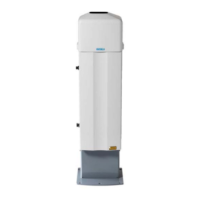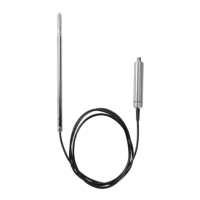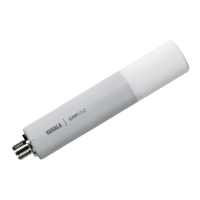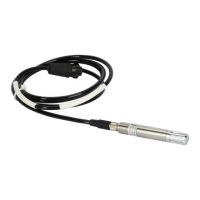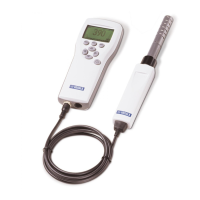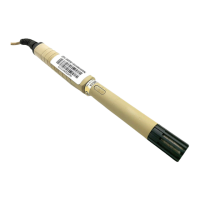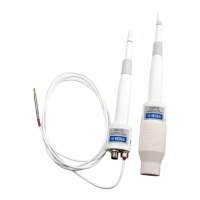3. Mounting sensor
Choose the sensor mounting location with care to ensure reliable readings from the process.
Some basic rules, described in this section, apply to all sensor models. The model specific
instructions can be found in Sensor specifications (page 99).
• For the Sanitary compact refractometer PR‑23‑AC see Sanitary process refractometer
PR‑23‑AC (page 100)
• For the Probe sanitary refractometer PR‑23‑AP see Sanitary probe refractometer
PR‑23‑AP (page 113)
• For the Process probe refractometer PR‑23‑GP see Probe process refractometer
PR‑23‑GP (page 131)
• For the Teflon body refractometer PR‑23‑M and Teflon body semicon refractometer
PR‑23‑MS see Teflon body refractometer PR‑23‑M/MS (page 146)
• For the Saunders body refractometer PR‑23‑W see Saundersâ body refractometer
PR‑23‑W (page 154)
• For mounting an ATEX/FM/CSA approved sensor in explosive atmosphere, see
Installation (page 219)
• For mounting an intrinsically safe refractometer PR‑23‑…‑IA/‑CI, see Intrinsically safe
refractometers PR‑23‑…‑IA, PR‑23‑…‑IF and PR‑23‑…‑CI (page 161)
• For mounting of the Safe-Drive system with the PR‑23‑SD sensor, see Safe‑Drive
mounting (page 175)
3.1
Choosing sensor mounting location
A PR‑23 refractometer sensor can be located either indoors or outdoors in most climates.
However, when locating a sensor outdoors, make sure to provide some basic protection
against direct exposure to sunlight and rain. Take special care if the pipe wall is translucent
(for example of fiberglass), as light from outside reaching the prism through the pipe wall
may disturb the measurement.
The mounting location needs to be such that sediments or gas bubbles cannot accumulate
by the sensor. Good flow velocity is essential in keeping the prism clean.
If the process pipe vibrates, support the pipe. A vibrating pipe might
damage the in-line sensor mounted on it.
CAUTION!
Always check that the sensor head is kept cool enough; the sensor head should not be too
hot to keep a hand on. The sensor cover should not be exposed to high temperature
radiation. In most cases, draft and natural convection provide sucient air cooling if the air
gets to flow freely around the sensor head.
Chapter 3 – Mounting sensor
17

